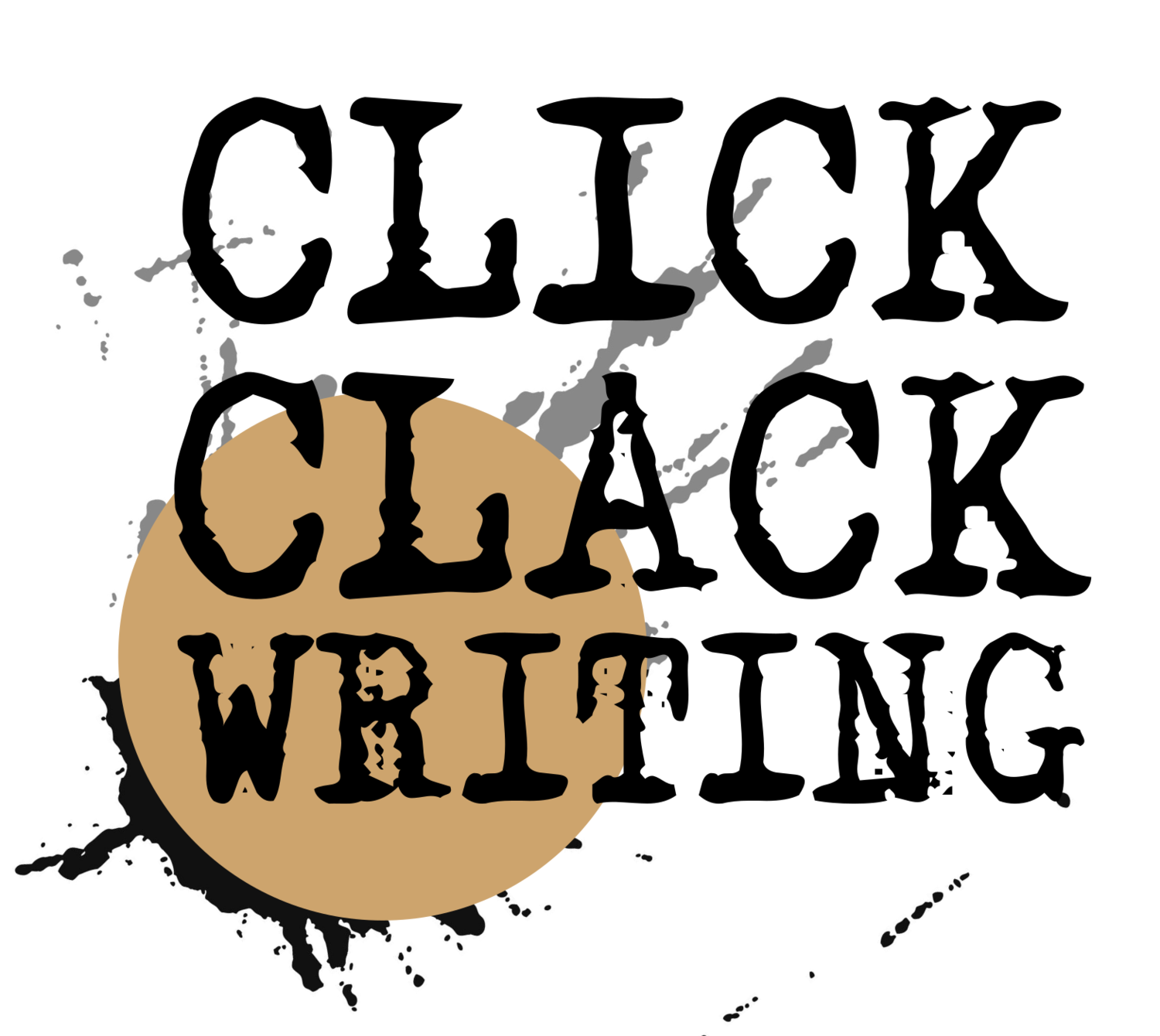Image via Pixabay
There are a million and one ways to approach writing a memoir.
You could start free writing and see what emerges. You could use memoir-focused prompts to inspire you. You could simply think chronologically and organize your memoir that way. While all those methods are valid, this post is going to ignore them for the time being and discuss one specific approach: Using photographs to create a memoir outline.
First of all, credit where credit is due:
I first stumbled across the idea for outlining a memoir from photographs when I was revising my memoir-writing course for Minneapolis Community Education. I came across a YouTube video by Marylee MacDonald explaining how to use a certain program to sort through photographs and use them to outline memoirs. The idea stuck. Since then, I’ve taken this concept, let it marinade, and created my own take.
Here’s the Click Clack Writing method for drafting a memoir outline through photographs:
A Few Basics
Photographs can help spark memories.
Photographs contain stories. They also contain details you might have forgotten (that one t-shirt your brother used to wear ALL the time; the hideous floral wallpaper at your grandma’s house).
Outlining a memoir based on photographs works well for visual people—those who find meaning through the visual world OR those who find graphs, pictures, and other visual representations to be useful.
NOTE:
If you’re planning on creating a memoir outline from photographs, it’s essential to have a large pool of photographs from which to pull. Sure, this method could work with a couple dozen pictures, but you might not find it as useful or as rich.
The How-Tos
ONE:
Start by sifting through photographs, whether printed or digital. Set aside (or put in an e-folder) those that resonate with you. Which photographs tell a story? Which ones capture a poignant moment or an important time in your life? Which ones show your true family dynamics?
The process of gathering and sifting through photographs is exceedingly personal. There isn’t a formula for which photograph to keep and which to discard. This is “gut” work. Instinct. If a photograph resonates with you in some way, set it aside.
Aim to select at least 20-25 photographs, but you might choose more (although, in our opinion, anything over about 75 is getting excessive).
TWO:
Once you have your photo bank, it’s time to ascribe a value to your photographs.
If you’re working with digital images (as Marylee in the YouTube video was), one thing you can do is enlarge the photos that have the most meaning/poignancy to you and shrink the photos that are less significant. If you’re working with printed photos, assign each one a certain number of stars, 1-5, with 5 stars indicating high significance and 1 star indicating lower significance.
What is the purpose of all this photo manipulation and ascribing a certain number of stars?
This exercise helps you understand the truly important moments in your life that need to appear in your memoir. That trip to the Yellowstone? Super impactful and important—it made you want to work in the National Park system. 5 stars! What about Prince, your family sheepdog? Cute and wonderful, but he ultimate didn’t have much impact on your life. 1 star (Prince, you’re still a good boy!).
(However, if Prince the sheepdog saved your little sister’s life, that would likely bump him up the scale).
Aim to dole out few 5-star ratings. Reserve this rank for the photographs with the greatest significance. If you’re working with electronic images, make sure only a few are extra-large. The rest should be large, medium, and small. In other words, a few images (perhaps five, at the most) should be considered the cream of the crop—the most significant.
THREE:
Now what?
Once you’ve gone through steps one and two, you’ll be left with a handful of photographs that truly define YOU and your life. These are the photographs around which you can center your memoir. Use them as inspiration, and as a way to create your memoir’s theme.
The theme of your memoir may be your childhood, your work, your activism in the community, your religion, the people you’ve helped, the food you’ve eaten (think Anthony Bourdain or Martha Stewart), the adventures you’ve had, etc., etc. In other words, the theme of your memoir should capture the essential YOU.
BIG NOTE:
You may not have photographs of every poignant or essential moment in your life. For instance, it you’re writing about a traumatic event(s), such as rape or domestic violence, you likely won’t have an image that captures those horrific moments. What you might have, however, is a photograph of yourself from around that timeframe. Just looking at a picture of a younger you has the power to transport you to that time and place.
In other words, this exercise can still be useful, but in a more abstract way. You’ll be looking for photographs that capture a moment in time, and not necessarily a specific event.
FOUR:
Your outlining work has just begun.
Once you go through these exercises, you will have hopefully identified the central theme(s) of your life. Use this theme or themes to help guide the rest of your outlining. If, for example, you recognize that your work as a community organizer (and the lessons you’ve learned in that role) is the main thrust of your memoir, start outlining around this central point. What childhood influences might have inspired you to become a community organizer? What injustices did you face that made you want to step forward and help others? What impact has your community organizing had? Which stories do you need to tell?
Your central theme will help guide your outlining. Once you’ve established strong roots, you’ll be able to branch out your book with relevant ideas.
Though using photographs to outline a memoir is not for everyone, it does work for those who are visual thinkers and believe in the adage that “a picture is worth a thousand words.” If nothing else, sifting through your photographs can help spark memories and stir old emotions. Images have the power to transport us to a different time; it’s your job, as a writer, to translate those images into a story.
Looking for additional help on writing your memoir? Consider subscribing to our newsletter or hiring us for Book Coaching.








